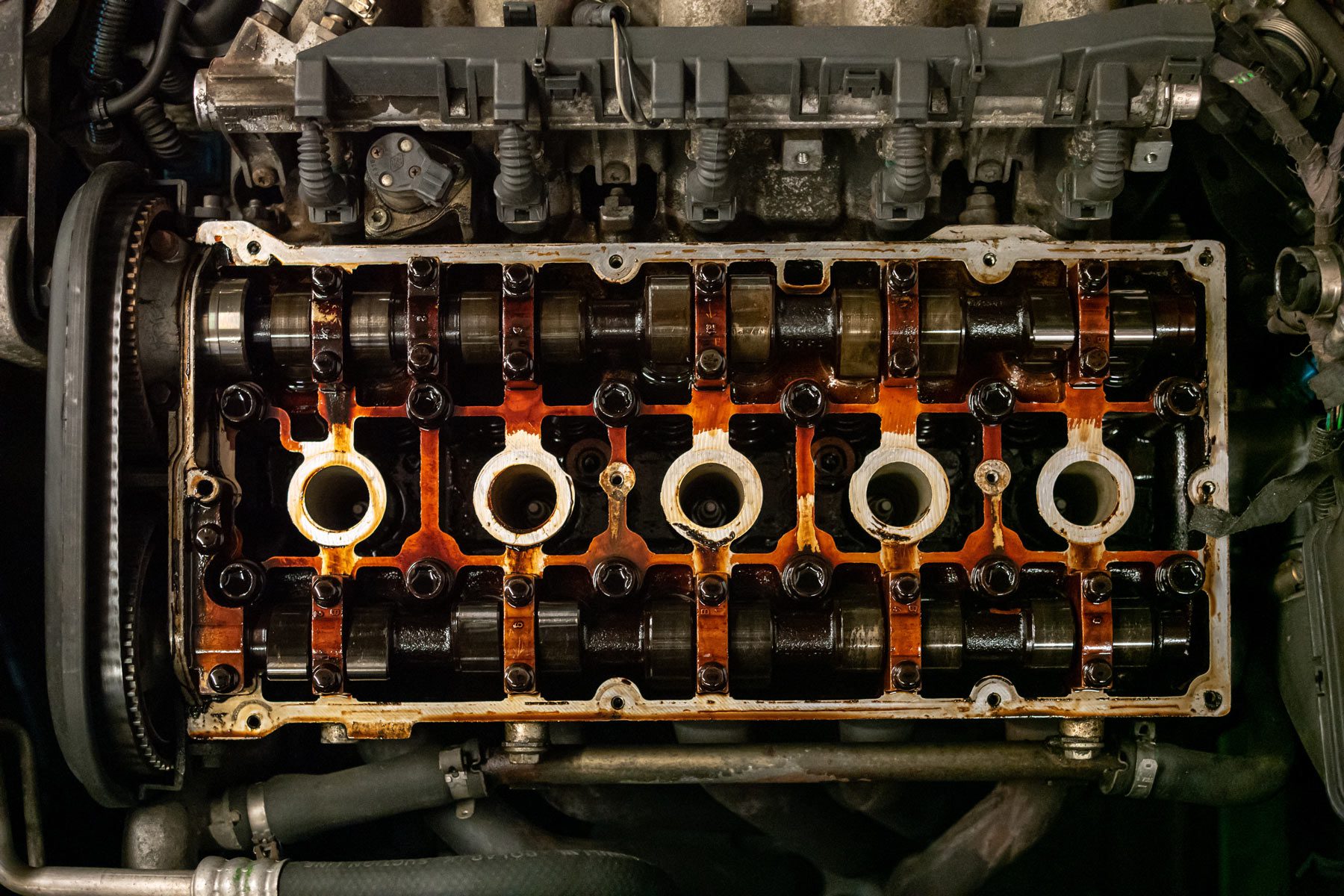Checking Out the Inner Functions of a Compact Lorry's Engine System
As drivers, we frequently take for granted the intricate processes that take place within the confines of our vehicle's engine system. The compact yet complicated machinery that pushes us ahead is a wonder of design precision and coordination. From the controlled surges in the combustion chamber to the meticulous timing of gas injection, every component plays an important duty in the smooth procedure of the engine. In this exploration of a compact vehicle's engine system, we will certainly unwind the inner operations of this mechanical symphony, clarifying the secrets that drive us forward on our daily trips.
Combustion Refine Summary
The combustion process in a small vehicle's engine system is a crucial system that efficiently converts fuel into power to power the lorry. This process takes place within the burning chamber of the engine, where gas and air mix, spark, and generate controlled surges. The combustion process includes 4 main phases: consumption, compression, power, and exhaust.
Throughout the intake phase, the piston moves downward, attracting a combination of air and gas into the burning chamber. The next stage, compression, includes the piston moving up, compressing the air-fuel blend to enhance its strength. Ultimately, in the power stage, the ignition system sparks the compressed combination, causing a rapid expansion of gases that compels the piston back down. This down movement creates the power needed to drive the automobile. In the exhaust stage, the scorched gases are removed from the combustion chamber via the exhaust valve, preparing the chamber for the following cycle. This cyclic combustion procedure is essential to the procedure of a small vehicle's engine system, making certain effective power conversion for propulsion.
Piston and Cylinder Communication

The piston's exact fit within the cyndrical tube is crucial for maintaining optimal compression and avoiding energy loss during combustion. Tight clearances between the piston and cylinder walls guarantee effective sealing, enabling the piston to move smoothly without enabling gases to leak past. Proper lubrication is also important to decrease friction and wear between these components, enhancing longevity and efficiency.
In addition, the layout and products made use of in producing the piston and cyndrical tube effect engine effectiveness and sturdiness. Modern engines typically utilize lightweight yet durable materials like light weight aluminum alloys for pistons and cyndrical tube liners to decrease inertia and enhance thermal efficiency. Generally, the harmonious interaction in between the piston and cyndrical tube is fundamental to the engine's functionality and total performance.
Fuel Shot System Functionality
Gas injection systems in compact lorry engines play an essential function in precisely delivering gas to the combustion read the article chamber for efficient and regulated ignition. The fuel injection system works by injecting gas right into the combustion chamber at the optimum moment during the engine's operation (opel corsa engine). This precise timing makes sure that the gas mixes equally with the air for proper burning, causing improved gas efficiency and lowered discharges
There are primarily 2 sorts of gas injection systems used in small automobile engines: port fuel shot (PFI) and straight fuel shot (DFI) PFI systems inject gas into the consumption port before the intake shutoff, while DFI systems inject gas directly into the combustion chamber. Both systems have their benefits, with DFI offering far better fuel atomization and PFI giving a much more cost-efficient service.
Recognizing Engine Cooling Systems
Effective procedure of a portable lorry's engine counts greatly on the performance of its cooling devices. The air conditioning system in a portable lorry generally consists of numerous components working with each other to manage the engine temperature level. Recognizing these engine air conditioning systems is important for maintaining the performance and long life of a portable lorry's engine system.

Exhaust System Parts Explained
The ideal performance of a portable vehicle's engine air conditioning devices depends upon a corresponding system understood as the exhaust system, which consists of different necessary parts for ensuring reliable discharges and engine efficiency. The exhaust system includes components such as the exhaust manifold, catalytic converter, muffler, and tailpipe. The exhaust manifold accumulates exhaust gases from the engine's courses and cylinders them to the catalytic converter. The catalytic converter after that converts dangerous contaminants in the exhaust right into much less hazardous emissions prior to releasing them through the muffler and tailpipe. click this link
One critical component of the exhaust system is the oxygen sensing unit, which keeps an eye on the oxygen levels in the exhaust gases to assist manage fuel usage and guarantee optimal engine efficiency. opel corsa engine. Additionally, the resonator might exist in some exhaust systems to minimize sound levels. Overall, the exhaust system plays an essential role in keeping engine efficiency, reducing damaging exhausts, and ensuring a quieter driving experience for small vehicle owners

Conclusion
To conclude, the compact car's engine system is a complicated mix of elements that collaborate to facilitate the combustion process, convert gas right into power, and eliminate waste gases. Recognizing the internal functions of the engine system, including the piston and cylinder interaction, gas shot system, engine air conditioning devices, and exhaust system parts, is vital for keeping ideal performance and efficiency of the car.
The combustion process in a small vehicle's engine system is an important mechanism that successfully helpful resources converts fuel into energy to power the car.Gas injection systems in small lorry engines play a crucial function in specifically delivering fuel to the burning chamber for regulated and effective ignition.There are mostly 2 kinds of gas shot systems utilized in portable car engines: port fuel injection (PFI) and straight fuel injection (DFI) Comprehending these engine air conditioning mechanisms is essential for preserving the performance and long life of a portable lorry's engine system.
The optimum functioning of a compact lorry's engine cooling mechanisms depends on a corresponding system understood as the exhaust system, which comprises various necessary parts for making sure reliable exhausts and engine efficiency.